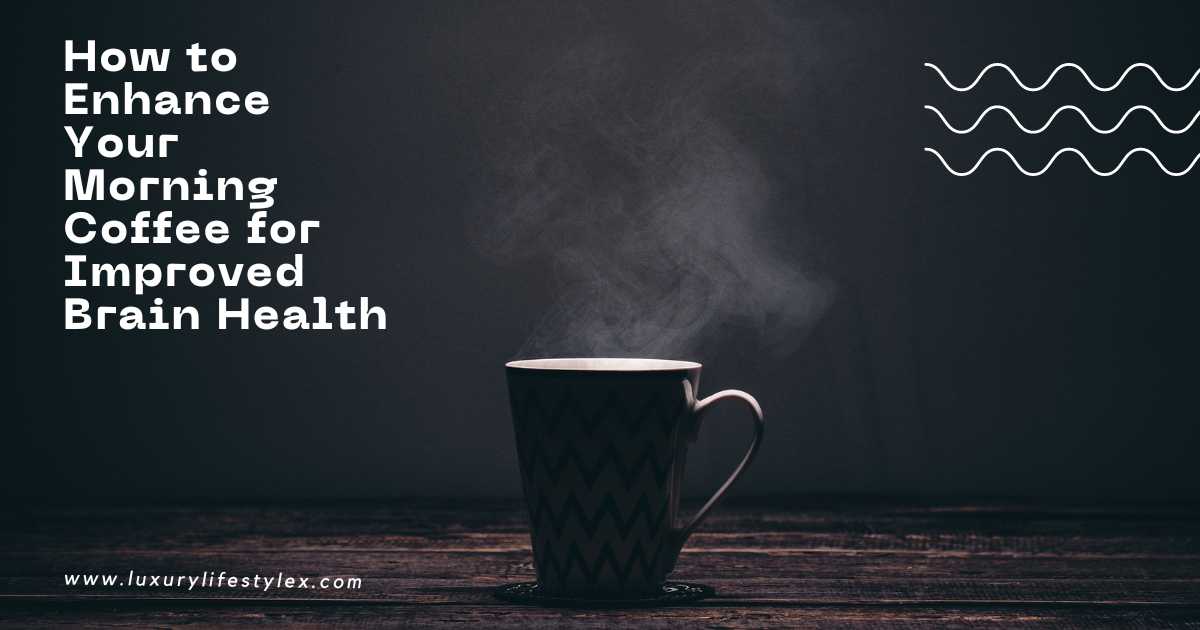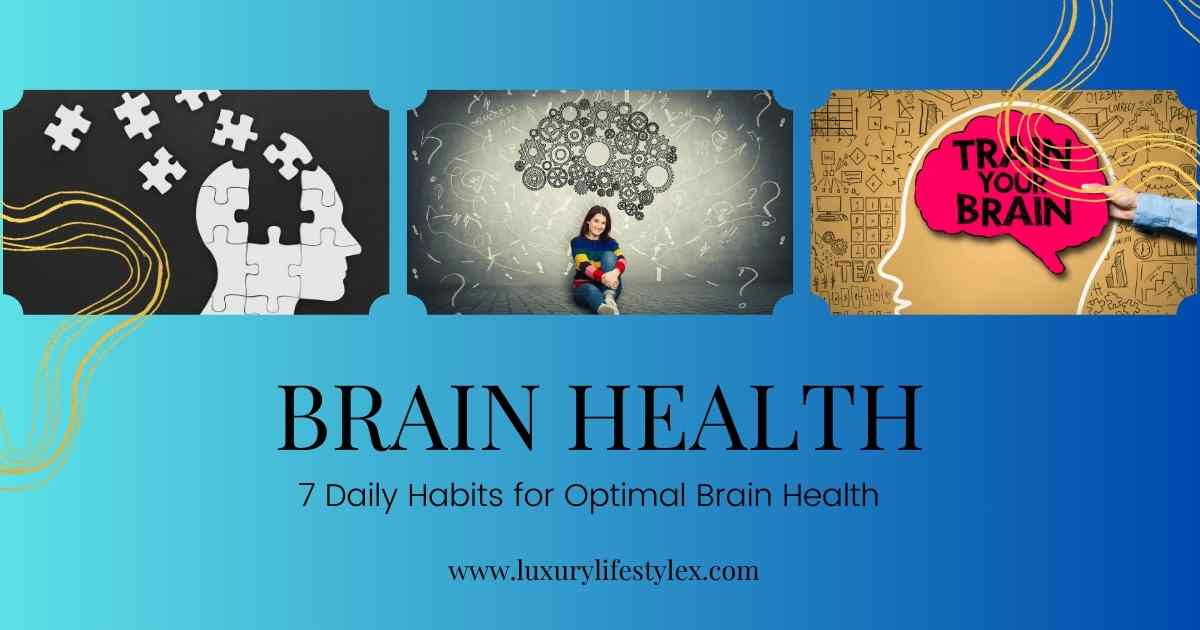Introduction
Regular exercise is crucial for maintaining optimal health and well-being. It offers many benefits for the body and mind, and its importance is not denied. In this comprehensive guide, we will explore the importance of exercise, its impact on various aspects of health, and how it can improve your quality of life. From reducing stress to preventing chronic diseases, exercise is a powerful tool that can transform your life.
Why Exercise Matters
Exercise is not just about staying fit or achieving a particular body shape; it is about improving overall health. Regular physical activity profoundly impacts every organ system in your body. Whether you are a toddler, an adult, or a senior, exercise benefits people of all ages.
Physical Benefits of Exercise
Regular exercise offers a multitude of physical benefits. It can help you live longer and reduce the risk of developing chronic diseases like heart disease, diabetes, and arthritis. Exercise also plays a crucial role in maintaining a healthy weight, strengthening muscles, and improving flexibility.
Reduce the Risk of Heart Disease
Heart disease is a leading cause of death worldwide, but fortunately, regular exercise can significantly reduce the risk of developing it. Aerobic exercise, such as running, swimming, or cycling, helps increase good cholesterol (HDL) levels while lowering bad cholesterol (LDL) levels. It also improves blood flow and strengthens the heart muscle, reducing the strain on the cardiovascular system.
Manage Weight and Prevent Obesity
Maintaining a healthy weight is crucial for overall well-being. Regular exercise aids in burning calories and building muscle, making it a valuable tool for weight management. Physical activity increases your metabolism, allowing your body to burn more calories even at rest. By incorporating exercise into your routine, you can prevent obesity and its associated health risks.
Improve Bone and Muscle Health
Exercise is crucial for maintaining strong bones and muscles. Weight-bearing exercises, such as weightlifting or resistance training, help stimulate bone growth and prevent bone loss. Building muscle strength supports your bones and improves overall stability and balance, reducing the risk of falls and fractures, especially in older adults.
Enhance Brain Function and Mental Well-Being
Physical activity is suitable for both the body and mind as it increases blood flow to the brain, promoting the growth of new neurons and enhancing cognitive function. It can improve memory, attention, and problem-solving skills. Regular exercise also releases endorphins, which are natural mood boosters, and helps reduce symptoms of depression and anxiety.
Psychological Benefits of Exercise
Exercise has a profound effect on mental well-being. It can improve mood, reduce stress, and promote better sleep. Engaging in physical activity regularly can significantly impact your overall quality of life.
Reduce Stress and Boost Mood
Exercise is a powerful stress reliever. It stimulates the production of endorphins, natural chemicals in the body that act as mood enhancers. Aerobic activities like running or dancing can help reduce stress levels and improve overall mood. It provides an outlet for releasing tension and promotes a sense of well-being.
Improve Sleep Quality
It’s crucial to get enough sleep for good health. Regular exercise has been proven to improve the quality of sleep. Physical activity helps regulate the circadian rhythm, promoting a more restful sleep. However, it is essential to time your exercise appropriately, as exercising too close to bedtime can have a stimulating effect and make it harder to fall asleep.
Boost Energy Levels
Contrary to popular belief, exercise boosts energy levels rather than depletes them. Regular physical activity increases the production of mitochondria, the powerhouses of the cells, which generate energy. As a result, you will feel more energized throughout the day, improving your productivity and overall well-being.
How to Get Started with Exercise
Now that we understand exercise’s importance, let’s explore how to incorporate it into our daily lives. Whether you are a beginner or have been inactive for a while, there are simple steps you can take to start your fitness journey.
Consult with Your Doctor
Before embarking on any exercise program, it is essential to consult with your doctor, especially if you have any pre-existing health conditions or concerns. Your doctor can guide you to the safe and appropriate exercises based on your needs.
Start Slowly and Gradually Increase the Intensity
If you are new to exercise or inactive, slowly and gradually increasing your workout intensity is essential. Begin with low-impact activities such as walking, cycling, or swimming. Aim for at least 150 minutes of moderate-intensity aerobic activity per week or 75 minutes of vigorous-intensity aerobic activity. You can break it down into shorter weekly sessions to make it more manageable.
Find Activities You Enjoy
To make exercise a sustainable habit, finding activities you enjoy is essential. This could be anything from dancing, hiking, playing sports, taking fitness classes, or practicing yoga. When you want what you’re doing, staying motivated and making exercise a regular part of your life becomes more accessible.
Set Realistic Goals
It’s easier to stay motivated when you set realistic and achievable goals. Start with small, specific, measurable, attainable, relevant, and time-bound goals (SMART). For example, you could aim to walk for 30 minutes daily for a week or complete a certain number of push-ups by the end of the month. As you achieve these goals, you can gradually increase the difficulty or set new ones to keep challenging yourself.
Mix Up Your Routine
Mixing up your exercise routine to avoid boredom and maintain motivation is essential. Incorporate various activities to work different muscle groups and keep things interesting. This could include cardio exercises, strength training, flexibility exercises, and balance exercises. Experiment with other workouts or new fitness classes to keep yourself engaged and excited about exercise.
Exercise and Disease Prevention
Regular exercise is crucial in preventing chronic diseases and improving overall health. Let’s explore how exercise can help reduce the risk of various health conditions.
Cardiovascular Health
Cardiovascular disease, which includes heart disease and stroke, is one of the primary causes of death globally. Fortunately, regular exercise can significantly reduce the risk of these conditions. Aerobic workouts like brisk walking, jogging, or cycling help strengthen the heart muscle, lower blood pressure, and improve cholesterol levels. By incorporating cardiovascular exercise into your routine, you can improve your heart health and reduce the risk of cardiovascular disease.
Diabetes Prevention and Management
Regular exercise is crucial for preventing and managing diabetes. It helps regulate blood sugar levels and improves insulin sensitivity, reducing the risk of developing type 2 diabetes. Exercise can also assist individuals with diabetes in managing their condition more effectively. Aerobic exercises and strength training are recommended for optimal diabetes prevention and management.
Cancer Prevention
Exercise has been shown to reduce the risk of certain types of cancer, including breast, colon, and lung cancer. Physical activity helps regulate hormone levels, improve immune function, and promote healthy cell growth. It also aids in weight management, crucial for reducing the risk of obesity-related cancers. While exercise alone cannot guarantee cancer prevention, it is an essential component of a healthy lifestyle that can reduce the risk.
Mental Health
Exercise has a profound impact on mental health and has been shown to reduce the risk of developing mental health conditions such as depression and anxiety. Engaging in physical activity releases natural mood enhancers known as endorphins, improves sleep quality, boosts self-esteem, and provides a sense of accomplishment. Regular exercise can be an effective tool for managing stress and improving overall well-being.
Bone and Joint Health
Osteoporosis, a condition characterized by weakened and brittle bones, is a common concern, especially among older adults. Regular weight-bearing exercises, such as weightlifting or walking, help stimulate bone growth and maintain bone density. Strength training exercises also help support the joints and reduce the risk of arthritis. By incorporating these exercises into your routine, you can promote healthy bones and joints.
Aging Well
Exercise plays a crucial role in healthy aging. Regular physical activity helps maintain muscle mass, flexibility, and balance, reducing the risk of falls and fractures in older adults. It can also improve cognitive function and reduce the risk of age-related cognitive decline. Staying active as you age can help you maintain independence and enjoy a higher quality of life.
Tips for Successful Exercise Habits
Developing a consistent exercise routine can be challenging. Still, with the right strategies and mindset, you can establish successful exercise habits that will have a lasting impact on your health and well-being. Here are some tips to help you stay on track:
Find an Exercise Buddy
Exercising with a friend or family member can make your workouts more enjoyable and help keep you accountable. Having a workout partner provides motivation, support, and a sense of camaraderie. You can encourage each other to stay consistent and celebrate your progress together.
Set a Schedule
Treat exercise like any other necessary appointment by scheduling it into your calendar. Set specific days and times for your workouts and stick to them as much as possible. Making exercise a non-negotiable part of your routine makes you more likely to prioritize it and make it a habit.
Make It Fun
Exercising can be fun if you find activities you enjoy, such as trying different workouts, joining fitness classes, or exploring outdoor activities. When you enjoy what you’re doing, exercise becomes something you want to do rather than something you have to do.
Track Your Progress
Keeping track of your fitness progress can be incredibly motivating. Use a fitness journal or app to record your workouts, monitor your progress, and set new goals. Seeing how far you’ve come can inspire you to keep pushing yourself and continue making progress.
Be Flexible and Adapt
Life can be unpredictable, and there will be times when your exercise routine gets disrupted. Instead of giving up altogether, be flexible and adapt. If you miss a workout, find ways to incorporate physical activity into your day, such as taking the stairs instead of the elevator or going for a walk during your lunch break. Being adaptable will help you maintain consistency in the long run.
Conclusion
Exercise is a powerful tool for improving your health and well-being. Regular physical activity has vast benefits, from reducing stress and preventing chronic diseases to enhancing mood and cognitive function. By prioritizing exercise and incorporating it into your daily routine, you can enjoy a higher quality of life and promote long-term health. Remember, it’s never too late to start; every step counts towards a healthier and happier you.
FAQs
Q1: How much exercise do I need for optimal health?
A1: Aim for at least 150 minutes of moderate-intensity aerobic activity per week, supplemented by strength training exercises twice weekly.
Q2: Can I enjoy the benefits of exercise with a busy schedule?
A2: Yes, Incorporate physical activity into your daily routine by taking the stairs instead of the elevator, walking or biking to work, or squeezing in quick workouts during breaks.
Q3: What if I don’t enjoy traditional exercise?
A3: Fear not, for there are alternative forms of physical activity, such as dancing, hiking, gardening, or even playing with pets at the park.
Q4: Does exercise only benefit physical health?
A4: No, exercise has significant mental and emotional benefits, including mood enhancement, stress reduction, improved cognitive function, and increased productivity.
Q5: Are there different types of exercise, and do they offer varying benefits?
A: Yes, various types of exercise, including aerobic, strength training, flexibility, and balance exercises, offer unique health and well-being.











